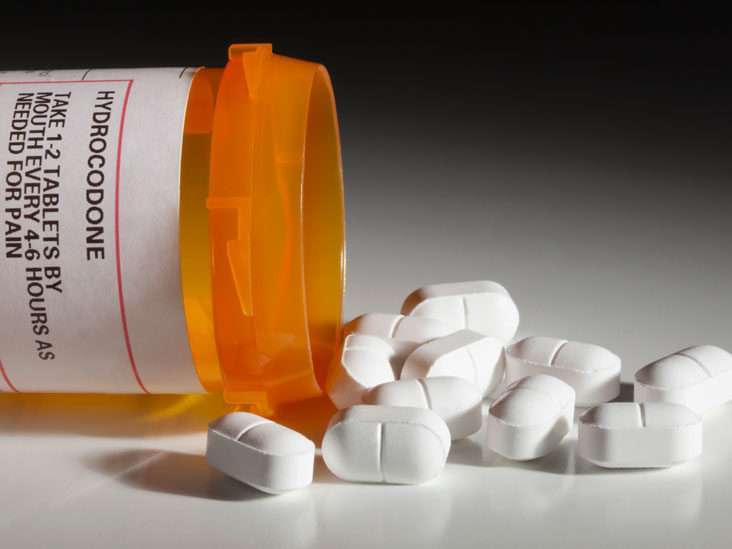
This combination medication is used to help relieve moderate to severe pain. It contains an opioid pain reliever (oxycodone) and a non-opioid pain reliever (acetaminophen). It contains an opioid pain reliever (oxycodone) and a non-opioid pain reliever (acetaminophen).Oxycodone/paracetamol, sold under the brand name Percocet among others, is a combination of the opioid oxycodone with paracetamol, used to treat moderate to severe pain. In 2019, it was the 59th most commonly prescribed medication in the United States, with more than 11 million prescriptions
However, sometimes pain can continue for weeks, months or even years. This is known as chronic pain. Chronic pain can be the result of a long-term condition, such as arthritis or cancer. In other cases, the cause can remain unknown. The most common types of pain include:

- Back pain – most cases of back pain aren’t caused by anything too serious. In most cases, back pain is caused by minor sprains or injuries. These injuries can be incurred by bending or twisting awkwardly, lifting heavy objects, over-stretching, slouching or hunching, and overusing muscles. Some cases of back pain can be the result of a more serious medical condition, such as sciatica, arthritis or a slipped or prolapsed disc. On rare occasions, back pain can be the sign of something more serious, such as a spinal fracture or cancer.
- Headache – headaches can be divided into two categories; primary and secondary. Primary headaches are, in most cases, caused by a dysfunction or an over activity in the pain- sensitive structures in the head. Examples of primary headaches include; migraine, tension headache and cluster headaches. Secondary headaches are a symptom of another condition that stimulates the pain-sensitive nerves in the head. An example of a secondary headache is an alcohol-induced hangover.
- Joint pain – is the result of damage to the joints, either through disease or injury. A variety of conditions can lead to joint pain, including; osteoarthritis, rheumatoid arthritis, gout, bursitis, sprains, strains and other injuries.
- Period pain – is the result of muscular contractions of the womb. These contractions constantly pass through the womb, however, they are usually so mild that they pass unnoticed. During menstruation, these contractions can become more vigorous. This is to encourage the wombs lining to shed away as part of the monthly cycle. These more intense contractions can compress the blood vessels in the womb, temporarily cutting off the blood supply. Without blood, the tissues in the womb become deprived of oxygen, which causes them to release chemicals that trigger pain in the body.
- Muscular pain – also known as myalgia, is often the result of too much stress, tension, or physical activity. However, in some cases, myalgia can be related to a medical condition, such as; viral or bacterial infections, fibromyalgia, thyroid problems, hypokalaemia (low potassium), autoimmune disorders, and certain medicines, such as ACE inhibitors.
- Dental pain – toothache is usually the result of the tooth’s innermost layer becoming inflamed. This layer is known as the dental pulp and is made up of sensitive nerves and blood vessels. The dental pulp can become inflamed as a result of; tooth decay, receding gums, a cracked tooth, loose or broken fillings, and a periapical abscess. Other conditions that can cause dental pain, without the dental pulp being affected, include; sore and swollen gums, sinusitis, ulcers, periodontal abscess, and injury to the temporomandibular joint, which connects the jaw to the skull. Babies can always experience dental pain when their teeth begin to develop. This is called teething.


